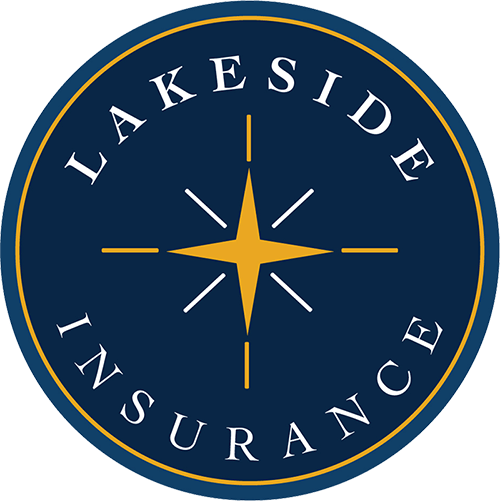
In a merger or acquisition, buyers want financial assurance that the information the seller is providing isaccurate. One way to encourage sellers to provide full disclosure is to hold them financially accountable.But even sellers who intend to provide maximum transparency make mistakes that can harm a buyer down the road. To protect both parties from costly errors and unknowns, buyers and sellers can obtain representations and warranties (R&W) insurance.
In general, there are two parts of the sale relevant to these concerns:
- The representations a seller makes to bring the buyer into a sales contract
- The warranties a seller makes within the contract supporting the original representations
The representations and warranties can address liens, financial performance, talent retention, the value of
in-place contracts and many other elements that will affect the value and functioning of the business being sold.
Both sides can buy R&W insurance
Either the seller or the buyer, or both, can purchase R&W insurance. Each policy has a different purpose.
A buyer’s R&W policy is meant to guard against financial loss due to misrepresentations by the seller. That includes both mistakes and deception.
A seller’s policy provides liability coverage for accidental misrepresentations and errors. Such a policy might also act as a financial instrument in a negotiated escrow agreement.
For example, a buyer might want $10 million set aside for two years to insure against costly errors whil e the seller doesn’t want to, or can’t, put in more than $5 million for more than a year. An R&W policy might sit atop that escrow account and provide the extra $5 million and one year of protection. That would allow the seller to distribute the extra $5 million rather than keeping it in escrow.
Intellectual property issues
Intellectual property (IP) is one of the diciest areas in R&W insurance, since patents and proprietary systems are heavily litigated. Terms of coverage need to be clear, and substantial investigation and disclosure are required to clarify the meaning of any IP warranty. Even with all this effort, an insurer may exclude IP.
Cyber liability issues
Cyber breach warranties may also require extra care since many intrusions are latent and undiscoverable even with the best cybersecurity efforts. Ask about adding a cyber liability policy with a tail or a policy retroactive date that extends a year or more before your acquisition’s close date.
Environmental issues
Even if the seller declares there are no environmental hazards relevant to the sale, an insurer may still exclude protection for environmental issues in the R&W policy. Exclusions typically address asbestos remediation but can also encompass other hazardous materials. Ask about adding contingent liability insurance to cover unforeseen environmental and contamination complications as part of your M&A protection plan
Further benefits of R&W coverage
The insurer will do some digging as part of the underwriting process. If they uncover problems, they will exclude those problems from coverage under the R&W policy. These should be yellow flags to the buyer. This doesn’t mean the buyer doesn’t have to do its own due diligence. In fact, the insurer may ask for the report of the buyer’s investigation as part of its underwriting.
An insurer typically will do a preliminary check on both parties to determine its appetite for this deal. If the insurance company decides to provide insurance for either party, it will go through extensive underwriting, and it will charge a fee. That fee generally runs in the tens of thousands of dollars and doesn’t guarantee coverage. Instead, the insurer will come to the party requesting coverage with a proposed policy, which will then be negotiated between the applicant and the insurer. The insurance broker or agent will play a substantial role in this process.
Another benefit is collegiality. When a buyer is protected by an R&W policy, they can maintain better relations with the executive staff who stay on after a transfer of ownership.
For example, if a financial discrepancy is discovered, the new owner would not ave to sue the seller’s former management, which might well include the CFO who moved with the buyer as part of the sale (and is a current employee). The new owner could turn to their insurance coverage.
Your costs
As mentioned, there are some substantial costs associated with underwriting an R&W insurance policy.
The policyholder will also have to take on a retention, the amount of risk the company is willing to bear. This could be a percentage or a dollar amount. The higher the amount of financial risk the policyholder takes on, the lower the cost of the policy. Often, insurers allow the policyholder to take on a high retention for just a portion of the duration of the policy in exchange for a lower premium.
The amount held in escrow also affects the coverage price. More money in escrow means less financial risk to the insurer, which reduces the insurance premium.
The premium is also dependent on the coverage limits. While 10% of the transaction amount is standard, large deals may seek lower percentage limits since the dollar amount of the limit in a large transaction is still high. In cases where an acquisition is based on a pharmaceutical development, an invention or some other IP, the coverage limit could be a much higher percentage of the acquisition price. That’s because one relevant error could gut the value of the seller.
Protect your M&A with insurance
R&W insurance is an investment in the future of your acquisition and protection for your assets. Work with an insurance agent who specializes in this coverage. They will play a key role in the smooth placement of the policy. And don’t be shocked by the amount of data and diligence expected of both parties to the M&A deal. In the end, it will be worth the effort.




